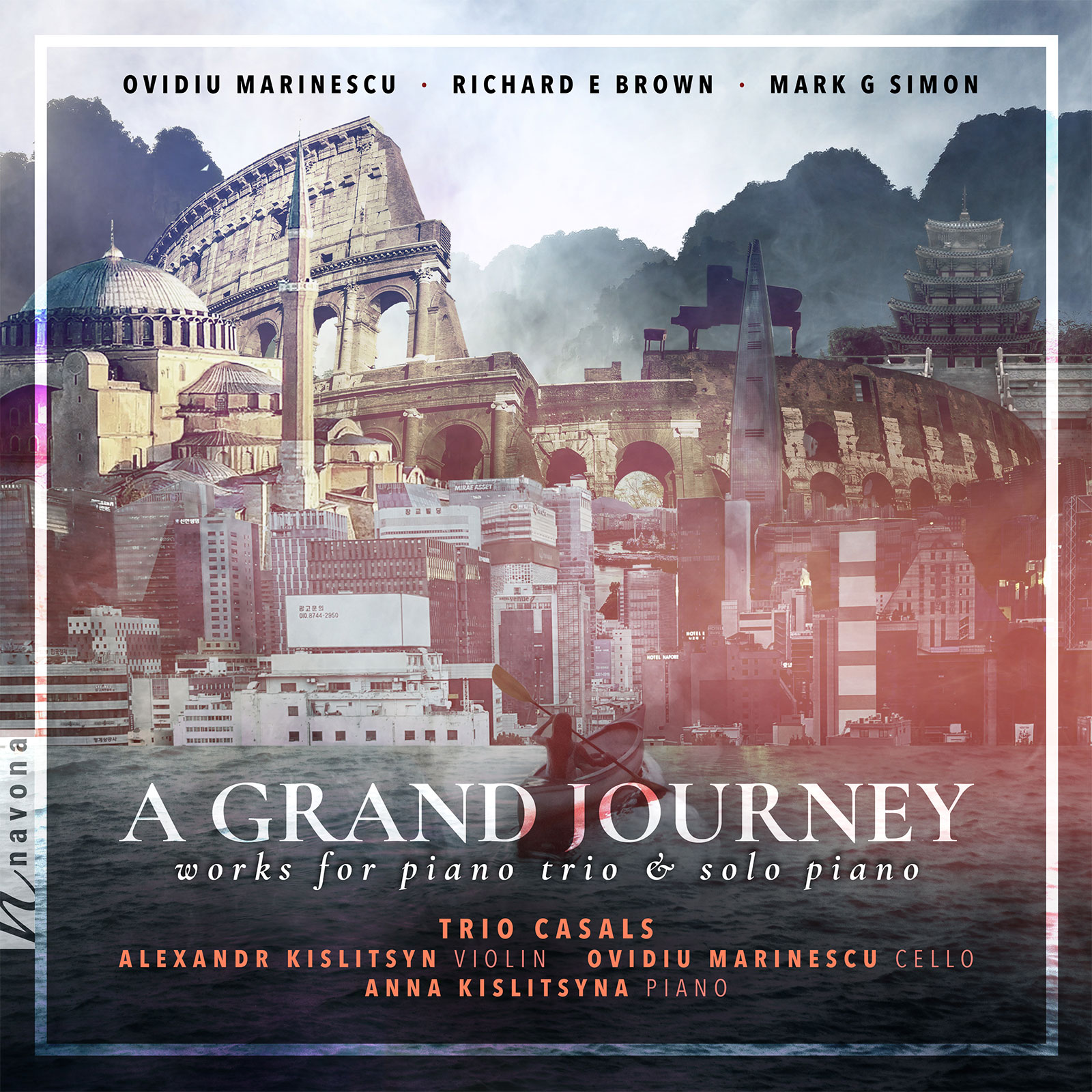A Grand Journey
Ovidiu Marinescu composer
Richard E Brown composer
Mark G Simon composer
Trio Casals
Alexandr Kislitsyn violin
Ovidiu Marinescu cello
Anna Kislitsyna piano
Inspired by traditional melodies and cultural flavors, A GRAND JOURNEY gives us contemporary chamber works by Richard E Brown, Ovidiu Marinescu, and Mark G. Simon. Performed by internationally acclaimed Trio Casals, these distinct works immerse listeners in varying motifs drawn from diverse cultures, simulating a journey of melodic Korean folk patterns, Greek mythological icons, Irish fiddling, tango, and sensations garnered from the Black Sea and English countryside.
The composers draw upon a wealth of technical knowledge and established forms to bring their musical visions to life. Brown’s Trio No. 1 applies ideas from pentatonic Korean folk songs to strictly crafted chaconne, scherzo, and fugue forms, while Trio No. 2 follows a looser bookended construction with a pastoral sound. Marinescu’s piece, The Journey, refers both to cultural sources and the composer’s own inner journey as he blends classical form, clocklike repetition, tango rhythms, and fiddle tunes to express his ideas. Simon’s Caucasus Sonata is a hair-raising journey of the soul through rock and hard places, demanding virtuosity and stamina from the performer.
Listen
Stream/Buy
Choose your platform
Track Listing & Credits
| # | Title | Composer | Performer | |
|---|---|---|---|---|
| 01 | The Journey, For Piano Trio: I. There are a Thousand Ways | Ovidiu Marinescu | Trio Casals | Alexandr Kislitsyn, violin; Ovidiu Marinescu, cello; Anna Kislitsyna, piano | 7:49 |
| 02 | The Journey, For Piano Trio: II. Chronos | Ovidiu Marinescu | Trio Casals | Alexandr Kislitsyn, violin; Ovidiu Marinescu, cello; Anna Kislitsyna, piano | 4:39 |
| 03 | The Journey, For Piano Trio: III. Mercury | Ovidiu Marinescu | Trio Casals | Alexandr Kislitsyn, violin; Ovidiu Marinescu, cello; Anna Kislitsyna, piano | 4:05 |
| 04 | Trio No. 1 – Koreana: I. Chaconne (Andante con moto; Meno mosso) | Richard E Brown | Trio Casals | Alexandr Kislitsyn, violin; Ovidiu Marinescu, cello; Anna Kislitsyna, piano | 4:58 |
| 05 | Trio No. 1 – Koreana: II. Scherzo (Allegro agitato) | Richard E Brown | Trio Casals | Alexandr Kislitsyn, violin; Ovidiu Marinescu, cello; Anna Kislitsyna, piano | 2:58 |
| 06 | Trio No. 1 – Koreana: III. Fugue (Vivace con spirito) | Richard E Brown | Trio Casals | Alexandr Kislitsyn, violin; Ovidiu Marinescu, cello; Anna Kislitsyna, piano | 2:16 |
| 07 | Trio No. 2 – Pastoral: I. Lento - Moderato | Richard E Brown | Trio Casals | Alexandr Kislitsyn, violin; Ovidiu Marinescu, cello; Anna Kislitsyna, piano | 4:59 |
| 08 | Trio No. 2 – Pastoral: II. Animato - Tranquillo - Tempo I | Richard E Brown | Trio Casals | Alexandr Kislitsyn, violin; Ovidiu Marinescu, cello; Anna Kislitsyna, piano | 3:27 |
| 09 | Trio No. 2 – Pastoral: III. Adagio - Lento | Richard E Brown | Trio Casals | Alexandr Kislitsyn, violin; Ovidiu Marinescu, cello; Anna Kislitsyna, piano | 2:56 |
| 10 | Caucasus Sonata: I. The Black Sea | Mark G. Simon | Anna Kislitsyna, piano | 7:56 |
| 11 | Caucasus Sonata: II. Scherzo | Mark G. Simon | Anna Kislitsyna, piano | 3:50 |
| 12 | Caucasus Sonata: III. Romance | Mark G. Simon | Anna Kislitsyna, piano | 5:09 |
| 13 | Caucasus Sonata: IV. Caucasian Journey | Mark G. Simon | Anna Kislitsyna, piano | 9:04 |
Recorded February 5-7, and 27- 28, 2021 at the Shalin Liu Performance Center in Rockport MA
Session Producer, Editing, Mixing, & Mastering Brad Michel
Session Engineer Tom Stephenson
General Manager of Audio & Sessions Jan Košulič
Recording Sessions Director Levi Brown
Audio Director Lucas Paquette
Production Assistant Martina Watzková
Executive Producer Bob Lord
Executive A&R Sam Renshaw
A&R Director Brandon MacNeil
A&R Danielle Lewis, Mike Juozokas
VP, Design & Marketing Brett Picknell
Art Director Ryan Harrison
Design Edward A. Fleming
Publicity Patrick Niland, Sara Warner
Artist Information
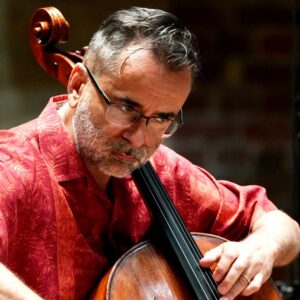
Ovidiu Marinescu
Ovidiu Marinescu is internationally recognized as a cellist, composer, conductor, and educator. He has performed at Carnegie Hall, Weill Hall, Merkin Hall (New York), the Great Hall of the Moscow Conservatory, Holywell Room in Oxford, Oriental Art Center in Shanghai, and has appeared as soloist with the London Symphony, New York Chamber Symphony, the National Radio Orchestra of Romania, Moscow Chamber Orchestra, Helena, Great Falls, Portsmouth, and Newark Symphonies, Southeastern Pennsylvania Symphony Orchestra, Cleveland Philharmonic, Limeira Symphony in Brazil, Orquesta de Extremadura in Spain, and most of the professional orchestras in his native Romania. The album LONDON CELLO CONNECTION features Marinescu and London Symphony Orchestra in eight newly commissioned cello concertos by North American composers.
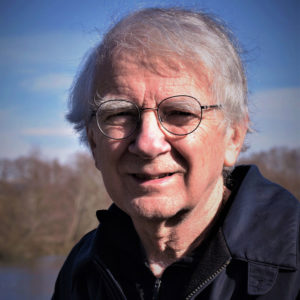
Richard E Brown
Richard E. Brown, a native of New York State and has been active as a composer-arranger and music educator for many years. His training includes M.M. and D.M. degrees in composition from Florida State University, as well as a B.A. in music education from Central College, which named him a Distinguished Alumnus in 1983. His principal composition studies were with Carlisle Floyd, John Boda, and Charles Carter.

Mark G. Simon
Mark G. Simon is an accomplished American composer and clarinetist. He holds a D.M.A. in composition from Cornell University, where he studied with Karel Husa, Steven Stuckey, and Robert Palmer. His compositions include orchestral, chamber, and vocal works, many featuring the clarinet. His musical Jennie’s Will was commissioned for the bicentennial of the Village of Dryden NY. The Carnival of the Subatomic Particles, a 13-movement exploration of particle physics for chamber ensemble and narrator set to a poem by Cornell physicist N. David Mermin, was commissioned and premiered by Music’s Recreation in Ithaca NY.
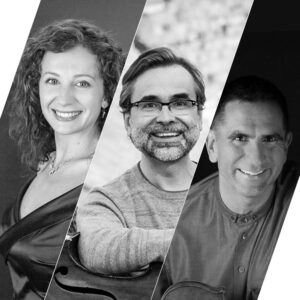
Trio Casals
Since making a highly-praised debut at the 1996 edition of the Pablo Casals Festival in Puerto Rico, Trio Casals has delighted audiences with spectacular virtuosity, engaging enthusiasm, and exquisite musical elegance. The ensemble released several commercial albums with PARMA Recordings and Navona Records to critical acclaim with Ovidiu Marinescu and past members including Anna Kislitysyna, Alexandr Kislitsyn, and Sylvia Ahramjian, from the beloved MOTO series to A GRAND JOURNEY and more. Marinescu remains in the current ensemble line up, with Mădălina-Claudia Dănilă and Timothy Schwarz joining in 2024.
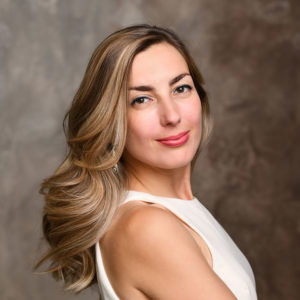
Anna Kislitsyna
Pianist and harpsichordist Anna Kislitsyna made her solo debut at age 10 with the Omsk Symphony Orchestra. She remains in high demand as a soloist, collaborative pianist, and educator. Recent season highlights include five new album productions with PARMA Recordings and two release concerts in Carnegie Hall’s Weill Recital Hall, performing Haydn and Shostakovich Piano Concertos with Helena Symphony and Southeastern Pennsylvania Symphony Orchestra, and returning to the Omsk Philharmonic as a soloist to give the inaugural performance on the new harpsichord.
